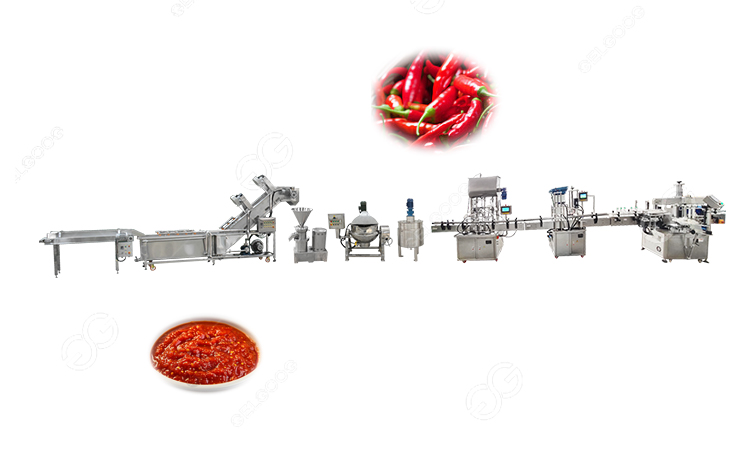Are you passionate about heat? Do you have a flair for flavor? If so, launching your own hot sauce business might be the perfect recipe for success. Hot sauce has seen a surge in popularity in recent years, with consumers craving unique and bold flavors to spice up their meals. Following is how to set up a hot sauce business?
1. Research and development
Before diving into the hot sauce market, it’s essential to conduct thorough research. Understand your target audience, analyze competitors, and identify gaps in the market. Experiment with different recipes to develop a signature flavor that sets your hot sauce apart from the rest. Consider factors such as heat level, ingredients, and packaging options to appeal to your target demographic.
2. Create a business plan
A well-thought-out business plan serves as a roadmap for your venture. Outline your business goals, target market, marketing strategy, and financial projections. Determine your budget for manufacturing, marketing, and distribution expenses. Consider seeking advice from professionals or joining entrepreneurial networks to refine your business plan.
3. Secure funding
Launching a hot sauce business requires initial capital to cover expenses such as hot sauce making equipment, ingredients, packaging, and marketing. Explore funding options such as personal savings, bank loans, investors, or crowdfunding platforms. Present your business plan and financial projections to potential investors or lenders to secure the necessary funding.

4. Obtain necessary permits and licenses
Before manufacturing and selling hot sauce, ensure compliance with local, state, and federal regulations. Obtain permits and licenses required for food production, labeling, and distribution. Adhere to food safety standards and undergo inspections to guarantee the quality and safety of your products.
5. Set up production facilities
Establishing a production facility is a crucial step in launching your hot sauce business. Depending on your scale of operations, you may start with a commercial kitchen or invest in building a dedicated manufacturing facility. Equip your facility with stainless steel appliances, food-grade containers, and packaging machinery to ensure hygienic and efficient production processes.
6. Source quality ingredients
The key to crafting exceptional hot sauce lies in using high-quality ingredients. Build relationships with local farmers, suppliers, or wholesalers to source fresh peppers, spices, and other essential ingredients. Consider using organic or locally sourced ingredients to appeal to health-conscious consumers and support sustainable practices.
7. Develop branding and packaging
Create a strong brand identity that resonates with your target audience. Design a memorable logo, label, and packaging that reflect the personality of your hot sauce brand. Choose packaging materials that preserve the freshness and flavor of your product while providing shelf appeal. Invest in professional branding and graphic design services to ensure a polished and cohesive brand image.
8. Implement marketing and distribution strategies
Promote your hot sauce through various marketing channels to reach your target market. Utilize social media platforms, food festivals, tastings, and collaborations with local businesses to generate buzz and build brand awareness. Explore distribution channels such as online marketplaces, specialty food stores, supermarkets, and restaurants to expand your reach and maximize sales.
9. Monitor performance and adapt
Track sales, customer feedback, and market trends to evaluate the performance of your hot sauce business. Continuously innovate your product line, marketing strategies, and distribution channels to stay competitive in the dynamic hot sauce market. Listen to customer feedback and adapt your offerings to meet evolving tastes and preferences.
10. Scale your business
As your hot sauce business grows, consider scaling your operations to meet increasing demand. Invest in additional production capacity, expand distribution networks, and explore new market opportunities. Maintain a focus on quality, consistency, and customer satisfaction to foster brand loyalty and sustain long-term success.